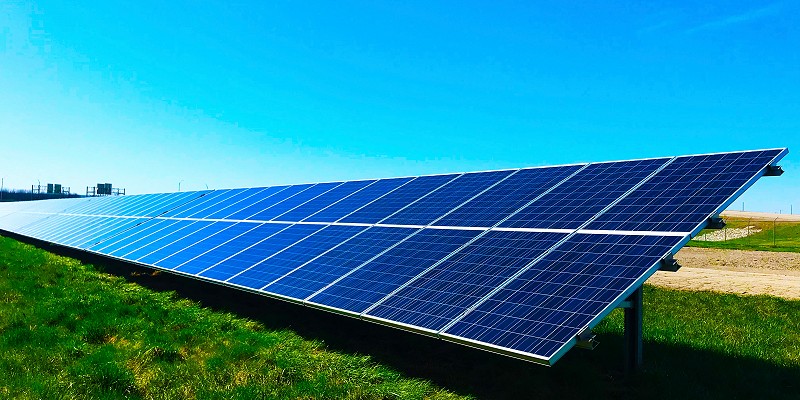5 things you may not know about solar energy

We all know that the sun radiates a vast amount of energy every second, and that solar radiation is vital for life on earth. Humans have harvested this energy for generations, and with the increasingly urgent need to divest from fossil fuels, along with declining installation costs, solar is an important technology in combating global warming. Here are a few things you may not know about solar energy:
1. Solar panels can produce power without direct sunlight
Contrary to popular belief, solar energy will produce electricity on cloudy days, even if the sun isn't shining. It has been shown that solar panels produce 25% of what they produce on a sunny day, or 10% when it's cloudy.
2. Solar panels require little maintenance
Solar panels have no moveable parts, so once installed, there is very little upkeep compared to other renewable technologies. A few times a year, panels should be inspected for any dirt or debris that may have gathered. Other than this, solar panels can be left unchecked. The reason solar panels on houses generally stay clean is because they are on an incline, allowing the rain to clean them uniformly.
3. Hot temperatures aren't necessarily optimal for performance
Solar panels often perform differently to what you might expect in colder climates. In hot climates, excessive heat can cause solar panels to overheat. Therefore, a cold temperature with ample sunlight is actually the ideal condition for the optimal performance of solar panels. Additionally, in snowy regions, the 'albedo effect' of snow can contribute to a greater output of electricity - the smooth white surface of snow tends to reflect light, almost working as a mirror.
4. Solar power has a long history
The first solar cells were built in 1954 by Bell Laboratories in USA. Bell Labs displayed the practical use of the solar cells by powering a toy ferris wheel and a solar powered radio transmitter. The first silicon cells were around 6% efficient at converting the energy into sunlight into electricity, a vast improvement on previous types of cells. However the silicon components were expensive and therefore these silicon solar cells were not initially commercially viable.
5. It started in space
The International Space Station (ISS) needs solar energy to operate in outer space. NASA spends a significant amount of resources to make solar panels more efficient, lightweight and affordable. In fact, NASA employees are currently developing dirt repellent coating for panels that push dirt off with electromagnetic waves. This technology is imperative, as it removes the need to clean the panels manually, which is quite the challenge in the vacuum of space. Furthermore, as missions now extend further into space, MSGI Technology Solutions has unveiled solar cells that incorporate tiny carbon pillars called nanotubes into the solar cell design. These will help fuel man's expansion into space, by reducing the amount of light reflected by cells, pushing the boundaries of how far we can power new space expeditions.
The arrays used on the International Space Station were installed over several space shuttle missions. The cells power lighting, communications, experiments and propulsion. The arrays contain a total of 262,400 solar cells and cover an area of about 27,000 square feet (2,500 square meters) – more than half the area of a football field. The 75 to 90 kilowatts of power needed by the ISS is supplied by this acre of solar panels. The solar arrays produce more power than the station needs at one time for the station systems and experiments, and is therefore stored in batteries for use at other times.
Want to learn more about solar PV? Take a look at our interview with Professor Brian Norton to find out about recent solar trends, or learn how the weather has an impact on solar generation.



